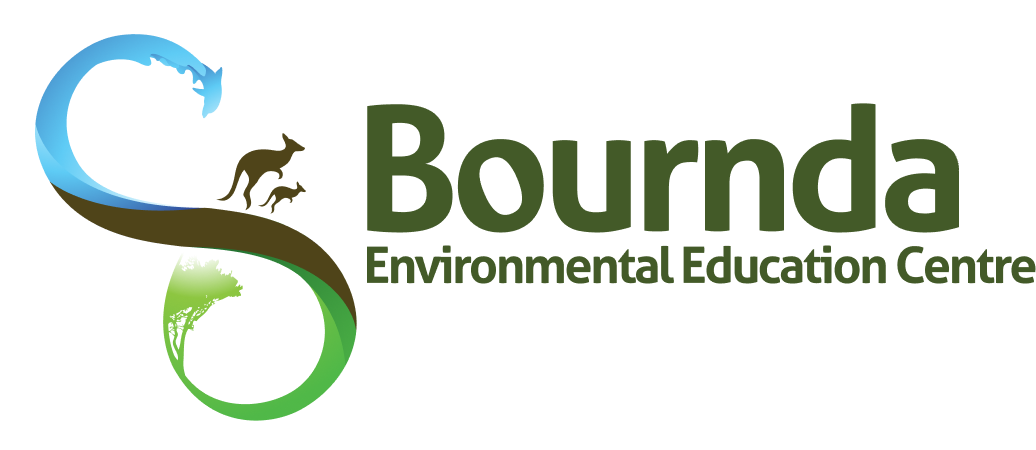Stage ES1 – Geography – People live in Places
[av_one_half first min_height=” vertical_alignment=” space=” custom_margin=” margin=’0px’ padding=’0px’ border=” border_color=” radius=’0px’ background_color=” src=” background_position=’top left’ background_repeat=’no-repeat’ animation=” av_uid=’av-pzyc3r’]
[av_textblock size=” font_color=” color=” custom_class=” av_uid=’av-2h22xz’]
Program Overview
‘People live in places’ is a geography program designed especially for Early Stage 1 students. It is designed to encourage students to explore Bournda National Park and to learn why it is a special place. Through this understanding students will discover why it is so important that we look after special places like National Parks. Students will also explore maps of their local area, including Bournda, and create maps of their own to help their understanding of how locations of places can be represented.
[/av_textblock]
[/av_one_half]
[av_one_half min_height=” vertical_alignment=” space=” custom_margin=” margin=’0px’ padding=’0px’ border=” border_color=” radius=’0px’ background_color=” src=” background_position=’top left’ background_repeat=’no-repeat’ animation=” av_uid=’av-ls0q8n’]
[av_textblock size=” font_color=” color=” custom_class=” av_uid=’av-kfe99j’]
Key Questions
- What are places like?
- What makes a place special?
- How can we look after the places we live in?
[/av_textblock]
[/av_one_half]
[av_one_half first min_height=” vertical_alignment=” space=” custom_margin=” margin=’0px’ padding=’0px’ border=” border_color=” radius=’0px’ background_color=” src=” background_position=’top left’ background_repeat=’no-repeat’ animation=” av_uid=’av-jiak13′]
[av_textblock size=” font_color=” color=” custom_class=” av_uid=’av-gsn1dz’]
Learning Experiences
Looking after special places – Bournda National Park
The students are introduced to the topic of what things make the bush a special place by sharing the short text ‘The Bushwalk’. Students then go on a short nature walk to observe and discover some of the special plants and animals at Bournda. Students work in pairs to record the things they find on a visual check sheet. Once down by the lake the students take part in a role play activity where they are the National Park Ranger who has to look after Bournda. Through this activity students gain an understanding of why we need to look after this special place. At the end of the session students create their own ‘magic spot’ by the lake and think and share about a place that is special to them.
Places we live in – exploring maps
Students are shown large maps of the area in which they live and are asked to share where they live. They record this information as a class on a large tally chart. Smaller maps of Bournda are examined and discussed, focusing on the main parts of a map (road as a line, buildings as a dot or square). The class then creates a large map of the town where they go to school by choosing items such as a rope to represent a road. Students then work in pairs to make their own maps of the road from their town to Bournda. At the end of the session students play a running game where they have to hunt for parts of Australia in the bush and as a class help create the map of Australia from the puzzle pieces.
Environmental Games
Environmental games are fun, sensory based activities that students can play at the end of the day. BEEC has a selection of these games that can be chosen to suit your needs.
[/av_textblock]
[/av_one_half]
[av_one_half min_height=” vertical_alignment=” space=” custom_margin=” margin=’0px’ padding=’0px’ border=” border_color=” radius=’0px’ background_color=” src=” background_position=’top left’ background_repeat=’no-repeat’ animation=” av_uid=’av-fbho7r’]
[av_image src=’https://bourndaeec.nsw.edu.au/wp-content/uploads/2017/10/IMG_1215-300×225.jpg’ attachment=’3069′ attachment_size=’medium’ align=’center’ styling=” hover=” link=” target=” caption=” font_size=” appearance=” overlay_opacity=’0.4′ overlay_color=’#000000′ overlay_text_color=’#ffffff’ animation=’no-animation’ custom_class=” av_uid=’av-drw013′][/av_image]
[av_image src=’https://bourndaeec.nsw.edu.au/wp-content/uploads/2017/10/IMG_0238-300×225.jpg’ attachment=’2952′ attachment_size=’medium’ align=’center’ styling=” hover=” link=” target=” caption=” font_size=” appearance=” overlay_opacity=’0.4′ overlay_color=’#000000′ overlay_text_color=’#ffffff’ animation=’no-animation’ custom_class=” av_uid=’av-d3q0l3′][/av_image]
[av_image src=’https://bourndaeec.nsw.edu.au/wp-content/uploads/2017/10/IMG_0253-e1508727517446-225×300.jpg’ attachment=’2954′ attachment_size=’medium’ align=’center’ styling=” hover=” link=” target=” caption=” font_size=” appearance=” overlay_opacity=’0.4′ overlay_color=’#000000′ overlay_text_color=’#ffffff’ animation=’no-animation’ custom_class=” av_uid=’av-b1mmcn’][/av_image]
[/av_one_half]
[av_one_half first min_height=” vertical_alignment=” space=” custom_margin=” margin=’0px’ padding=’0px’ border=” border_color=” radius=’0px’ background_color=” src=” background_position=’top left’ background_repeat=’no-repeat’ animation=” av_uid=’av-8r7dd3′]
[av_textblock size=” font_color=” color=” custom_class=” av_uid=’av-6twq9j’]
Syllabus Outcomes
Geography K-6
A student identifies places and develops an understanding of the importance of places to people GEe-1
A student communicates geographical information and uses geographical tools GEe-2
[/av_textblock]
[/av_one_half]
[av_one_half min_height=” vertical_alignment=” space=” custom_margin=” margin=’0px’ row_boxshadow=” row_boxshadow_color=” row_boxshadow_width=’10’ link=” linktarget=” link_hover=” title_attr=” alt_attr=” padding=’0px’ highlight=” highlight_size=” border=” border_color=” radius=’0px’ column_boxshadow=” column_boxshadow_color=” column_boxshadow_width=’10’ background=’bg_color’ background_color=” background_gradient_color1=” background_gradient_color2=” background_gradient_direction=’vertical’ src=” background_position=’top left’ background_repeat=’no-repeat’ animation=” mobile_breaking=” mobile_display=” av_uid=”]
[av_textblock size=” font_color=” color=” av-medium-font-size=” av-small-font-size=” av-mini-font-size=” id=” custom_class=” av_uid=’av-kcww5ycy’ admin_preview_bg=”]
This program also supports outcomes in:
Mathematics K-6
A student describes position and gives and follows simple directions using everyday language MAe-1WM
A student represents data and interprets data displays made from objects MAe-17SP
[/av_textblock]
[/av_one_half][av_one_full first min_height=” vertical_alignment=” space=” custom_margin=” margin=’0px’ padding=’0px’ border=” border_color=” radius=’0px’ background_color=” src=” background_position=’top left’ background_repeat=’no-repeat’ animation=” av_uid=’av-6fkeav’]
[av_textblock size=” font_color=” color=” custom_class=” av_uid=’av-48ayjb’]
Geography Content
Important places
Students investigate the importance of places they live in and belong to, for example:
- identification of places they live in and belong to
- discussion of why places are special and how people care for them
- explanation of why people need to take care of places
Locating places
Students investigate how the location of places can be represented, for example:
- location of familiar and local places on maps
- description of the location of places
Geographical tools
Maps – pictorial maps
Fieldwork – observing and recording data
Graphs and statistics – tally charts, pictographs
Geographical concepts
Place – the significance of places and what they are like
Space – the significance of location and spatial distribution, and ways people organise and manage the spaces that we live
Environment – the significance of the environment in human life, and the important interrelationships between humans and the environment
[/av_textblock]
[/av_one_full]
[av_sidebar widget_area=’Displayed Everywhere’ av_uid=’av-1xbciv’]
